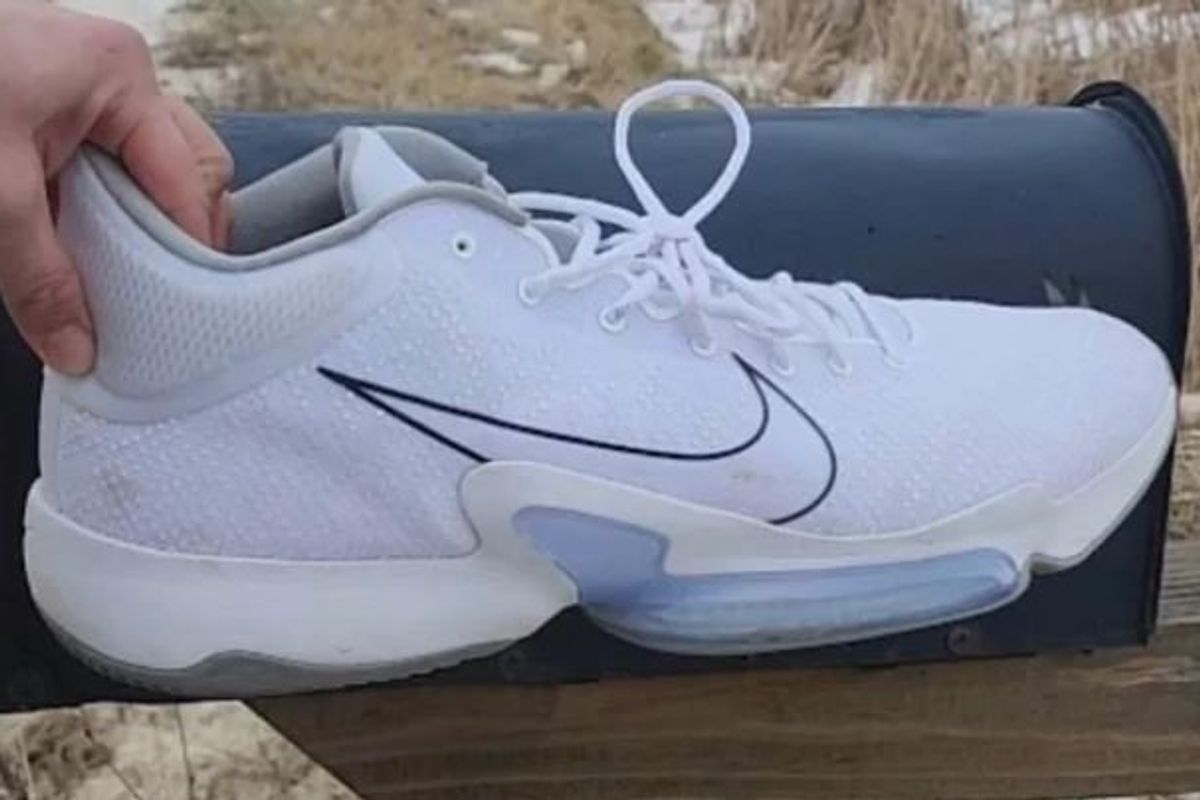Forget the commercials. Super Bowl 50's most heartfelt moment already happened.
Charles Tillman is a force to be reckoned with on and off the field.
Nearly eight years ago, NFL defensive back Charles Tillman and his wife feared losing their daughter Tiana to heart failure.
When the then-Chicago Bears defensive back's daughter was just three months old, she went into heart failure. At six months, she received a heart transplant.
Tillman spent his first 12 NFL seasons with the Chicago Bears before joining the Carolina Panthers. Photo by Jonathan Daniel/Getty Images.
Tiana is now healthy and happy, but it was those first months of her life spent in the hospital, surrounded by other families facing similar hardships, that inspired Tillman and his wife, Jackie, to launch the Tiana Fund, part of the Charles Tillman Cornerstone Foundation.
Since then, the Tiana Fund has donated more than $1 million to over 300 Illinois families in need.
The foundation's work hasn't gone unnoticed. For his work with the Cornerstone Foundation, Tillman was named the 2013 Walter Payton Man of the Year. The award is given annually to a player whose off-field work makes a difference in his community.
Tillman was also nominated for the award in 2012, which went to the Dallas Cowboys' Jason Witten. Photo by Slaven Vlasic/Getty Images.
This year, Tillman and the Tiana Fund set up shop to help families in a new location: North Carolina.
After 12 seasons with the Chicago Bears, Tillman signed a one-year contract with the Carolina Panthers, bringing with him the same mission of giving back.
Earlier this month, Tillman rounded up some of his Panthers teammates for a Tiana Fund fundraiser with the goal of expanding the program to Charlotte's Levine Children’s Hospital.
Low-income and economically at-risk families can apply to receive support through the fund, aimed at improving their quality of life and offering financial assistance to cover medical costs.
The funds go toward medical bills, rent, toys, and other things families need but cannot afford while their child is in the hospital.
Social worker Joanne Singleton praises the Cornerstone Foundation's work. GIF by John Tait.
The Carolina Panthers are headed to the Super Bowl this year, but due to an injury, Tillman will be watching from the sidelines.
For the second time in his career, Tillman is headed to the Super Bowl. After a dominant season, the Panthers will face the Denver Broncos. Tillman played a key role in the team's defensive success. Unfortunately, a late-season injury is keeping the two-time Pro Bowl cornerback off the field.
Tillman runs back an intercepted pass from the Patriots' Tom Brady during a preseason game. Photo by Grant Halverson/Getty Images.
But that doesn't mean he'll be sitting this one out — in a matter of speaking.
Tillman raffled off two all-expenses-paid tickets to Super Bowl 50 — all to support the Tiana Fund.
What better way to use the publicity that comes with a winning season than to raise money while giving fans the chance to catch the game of a lifetime?
Tillman isn't alone. Players all over the league give back to their communities in different ways.
Unfortunately, many of the headlines we see about the NFL focus on the more scandalous aspects of some players' lives. But many of these players do put in a lot of off-field work trying to make the world a better place. For example, 2014 Walter Payton Man of the Year (and Tillman teammate) Thomas Davis founded the Thomas Davis Defending Dreams Foundation, a nonprofit "dedicated to providing and promoting free programs that enhance the quality of life for more than 2,000 underprivileged children and their families annually."
The league itself has rallied around a number of charitable initiatives, inviting more players — many of whom came from low-income families themselves — to help give back by using their fame and riches to make a difference in the world.
The Ann & Robert H. Lurie Children's Hospital of Chicago is one of the several hospitals that works with the Cornerstone Foundation. Photo by Jeff Schear/Getty Images for Ann and Robert H. Lurie Hospital of Chicago.








 Can we please get a "meet the dog" rule on airplanes?
Can we please get a "meet the dog" rule on airplanes? No matter your age, headphones to listen to things on a flight are a must.
No matter your age, headphones to listen to things on a flight are a must. One overhead bag per passenger until everyone's got their luggage settled.
One overhead bag per passenger until everyone's got their luggage settled.  Even if you know it by heart, please don't talk during the safety demonstration.
Even if you know it by heart, please don't talk during the safety demonstration.
 Simpsons Gif
Simpsons Gif  Aging happens in bursts, scientists find.
Aging happens in bursts, scientists find. Research shows the body goes through specific changes in our 40s and 60s.
Research shows the body goes through specific changes in our 40s and 60s.


 Luggage at the airportCanva
Luggage at the airportCanva